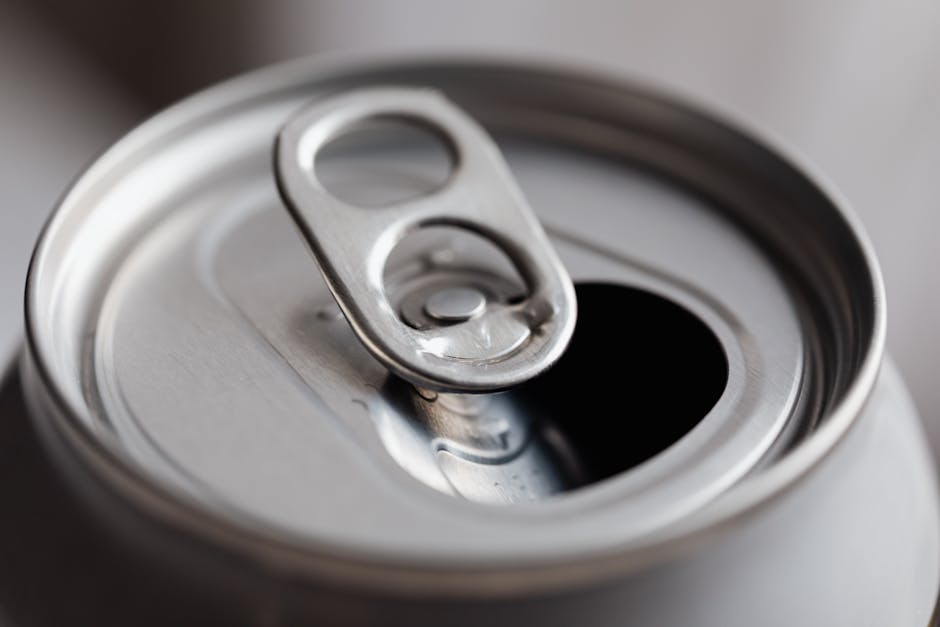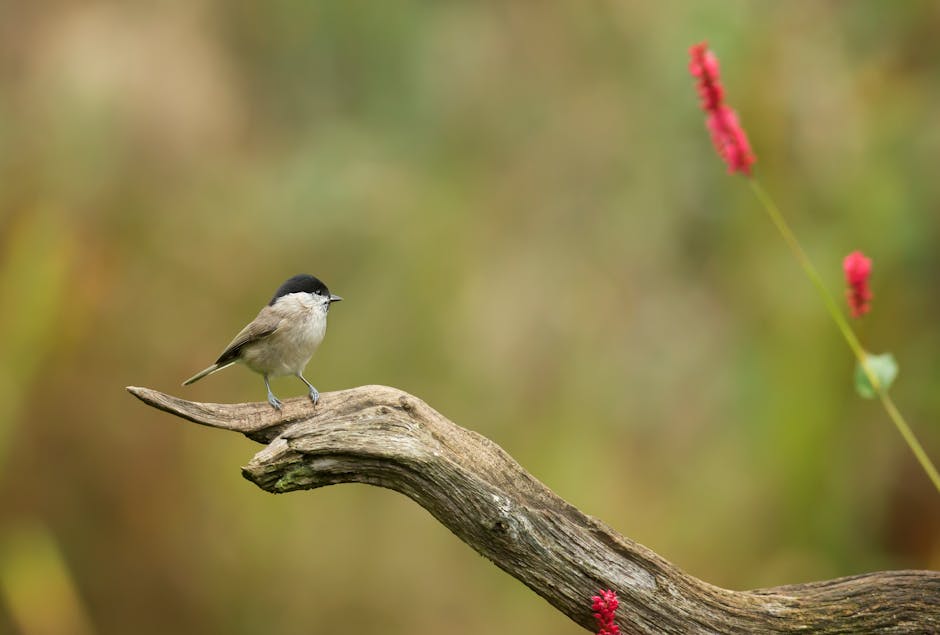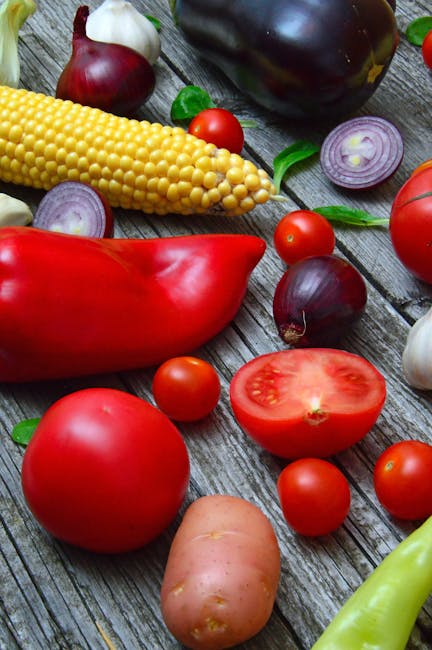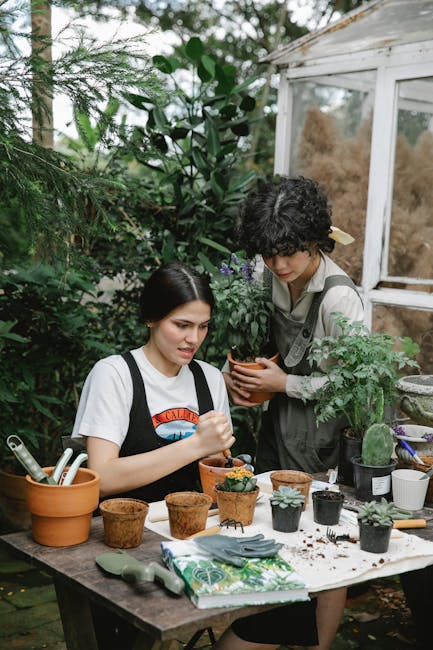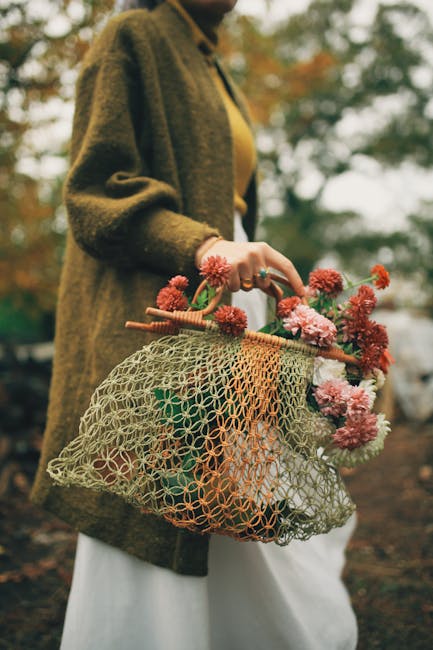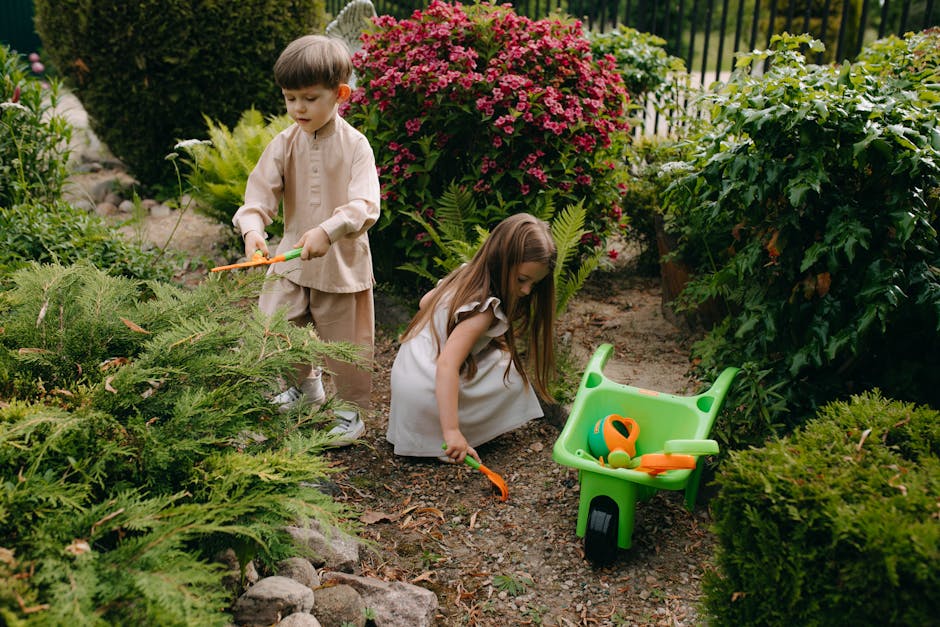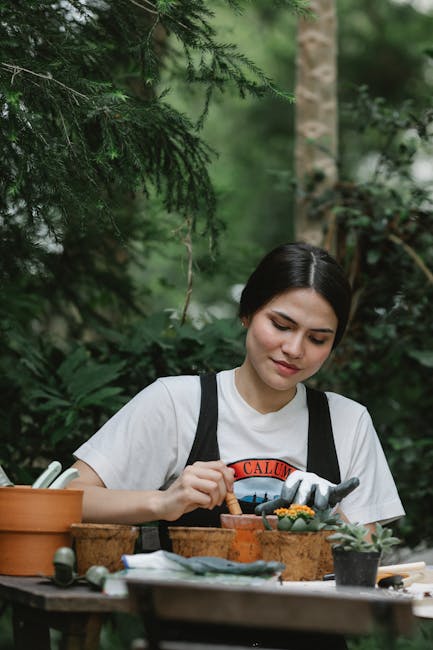When we talk about measuring liquids, sometimes we use different units. If you’re into gardening, you might have seen liters (l) and gallons being used to measure water for your plants. Understanding how to convert between these two measurements can help you know how much water to use. In this case, we are converting 16
Author: Benjamin Miller
Ben is an experienced gardener and has been gardening for over 15 years and has a deep understanding of the different plants and techniques needed for successful gardening. He is an avid believer in the power of home gardening and loves to share his knowledge with others. He has a passion for teaching people the basics of gardening and loves to see the fruits of his labor. He is always looking for new ideas and ways to make gardening easier and more enjoyable.
5000 ml to gallons
Imagine you’re working in your garden, and you need to know how much water you have in gallons when you’ve got 5000 milliliters (ml) of water. Let’s break this down together! First, we need to understand what milliliters and gallons are. Milliliters are a unit to measure small amounts of liquid, usually used in cooking
1.6 m to feet
Hey there! Today, we’re going to learn how to convert meters to feet. You might have seen measurements in meters, especially if you’re gardening and working with different plants or spaces. When you see 1.6 meters, you’re looking at a unit of measurement that is a bit different from what we commonly use in some
110 mm to inches
Have you ever measured something in your garden and wondered how to change those measurements into a different unit? For example, sometimes we use millimeters (mm) and sometimes we use inches. Knowing how to change between these two is really useful when you’re gardening and want to follow a recipe or a plant care guide
18 cm to inches
In gardening, sometimes we need to use different units of measurement to help us understand the size of plants, tools, or spaces in our garden. One common unit we use in the United States is inches, while many other countries, including ours, often use centimeters (cm). To convert centimeters to inches, we can use a
3 kg to lbs
Hey there, young gardener! 🌱 Today, we’re going to learn about how to change weights from kilograms (kg) to pounds (lbs). This is really handy if you’re measuring your plants, soil, or anything you might want to buy for your garden! You might have seen bags of soil or fertilizer that are measured in kilograms,
9.8 kg to lbs
Hey there, young gardener! 🌱 Today, we’re going to talk about weight! You know how we weigh different things in the garden, like your fresh vegetables or bags of soil? Well, sometimes we might need to convert weights from one system to another. In this case, we’re converting kilograms (kg) to pounds (lbs). The metric
33 m² to square feet
When we talk about areas in gardening, we sometimes need to know how big a space is in different ways. One common way to measure area is in square meters (m²), and another way is in square feet (ft²). To help you understand, think of a square piece of land. If each side of this
22.5 kg to lbs
Have you ever wondered how much weight your gardening tools or plants might weigh in different measurements? Sometimes we need to change kilograms (kg) into pounds (lbs) so we can understand how heavy things are if we’re used to pounds. In gardening, knowing the weight of your equipment or soil can help you decide which
4.9 kg to lbs
Hey there, young gardener! 🌱 Today, let’s talk about something interesting: weight and how to change it from kilograms to pounds. In gardening, it’s super useful to know how to weigh things, especially when you’re planting seeds or measuring soil. Sometimes, the weight of plants and materials is given in kilograms (kg), and other times,

